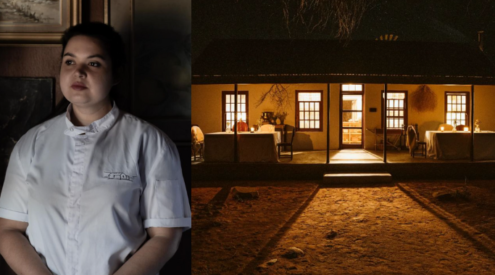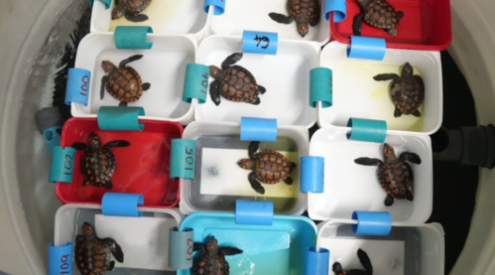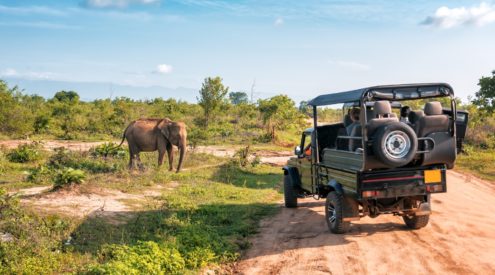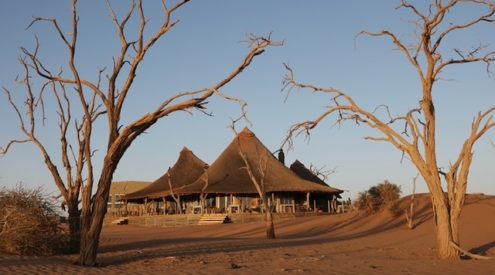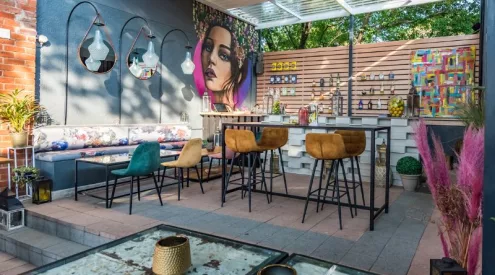A big part of travelling is tasting the cuisine of the countries you visit, from Japan’s unforgettable ramen to the Cajun Jambalaya from New Orleans. What about trying dishes known less for their delightful taste and more for their unusual ingredients?
If you’re an adventurous eater and are looking for your next challenge or even if you just want to know what to steer clear of, here are a few unusual delicacies from around the world.
1. Dancing squid, Japan
If you ever serve me ‘dancing squid’ I will summon Cthulhu to come after you. pic.twitter.com/htruZCJrZH
— Tom Walton (@edgeblend) September 2, 2017
This strange seafood-based bowl is made possible by the reaction the nerves of the squid has to the sodium in the soy sauce.
Japan is well known for its seafood and many adventurous eaters travel from far and wide to experience the famous “dancing squid bowl’.
You’ll be happy to know that the squid is not alive but this is nonetheless a bit too wriggly for most. Hakodate (one of the major cities on Japan’s Hokkaido island) is known for serving this delicacy at local markets and restaurants.
2. Crispy tarantula, Cambodia
When you think of spiders, especially tarantulas, your first thought probably isn’t dinner – but in Cambodia these crispy freshly- fried arachnids are considered sublime.
This delicacy first became popular when people were starving in the late 1970s, under the Khmer Rouge regime.
Weirdly enough this deep fried treat stuck around and is now widely served throughout the country with a lime pepper dip.
3. White ant egg soup, Laos
Possibly the most unusual soup in the world, the white ant egg soup served in Laos has an army of foodie fans.
The dish is known as ‘Gaeng Kai Mot Daeng’ and combines white ant eggs as well as partial embryos and extra baby ants for a touch of sourness to complete the overall taste of the soup which is often mixed with a variety of other ingredients.
This delicacy’s flavour is often compared to that of shrimp and if your eyes can get past the appearance and your mind pass the idea, you stomach might be in for a treat.
4. Jellied moose nose, Canada
#IWillNeverUnderstand Jellied Moose Nose pic.twitter.com/T8mbgzOG7i
— Ryan (@ryanfield) February 11, 2018
Moose nose is already a pretty weird thing to eat but Canadians have decided to also throw a little jelly in the mix.
A popular delicacy in the northern parts of Canada, this is a strange gelatinous concoction of the snout of a moose as well as some parts of its upper jar mixed with herbs, onions and garlic into a loaf-like shape. The collagen from the nose cools and solidifies creating a jelly-like consistency.
5. Century eggs, China
When it comes to eggs most people definitely don’t consider the older ones worth eating but it’s a different story in China.
Also know as the thousand year egg, or black egg, this local delicacy is made by preserving duck, chicken or quail eggs in a mixture of clay, ash, salt or quicklime and rice hulls for several weeks or months.
As the eggs preserve, the yolk becomes a dark green or grey colour with a creamy consistency and strong flavour due to the hydrogen sulfide and ammonia. The white of the egg becomes a dark brown translucent jelly with a salty flavour.
It certainly looks as potent as it reportedly smells.
6. Locusts, Israel
View this post on Instagram
This insect-based snack has certainly taken Israel by swarm if you know what we mean.
Locusts are one of the only insects considered to be kosher and when the land of Israel struggled with a huge locust plague in 2013 they developed a new way of handling them, by eating them.
Some locals can’t seem to get enough of these crunchy critters whether deep-fried or chocolate-covered.
7. Kopi Luwak in Indonesia
View this post on Instagram
After all this foodie excitement you might want to end off with a soothing cup of coffee. How about one where the beans are picked from the excrement of a civet?
In Indonesia coffee beans are eaten and defecated by the Asian palm civet. Fermentation takes place as the cherries pass through a civet’s intestines, and after being excreted with other fecal matter. The droppings are then collected and turned into what many consider the best coffee in the world, if you can get past the process.
Picture: Twitter

